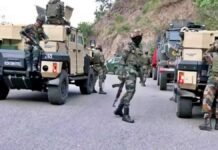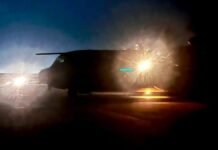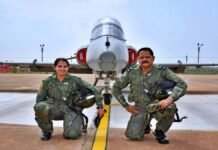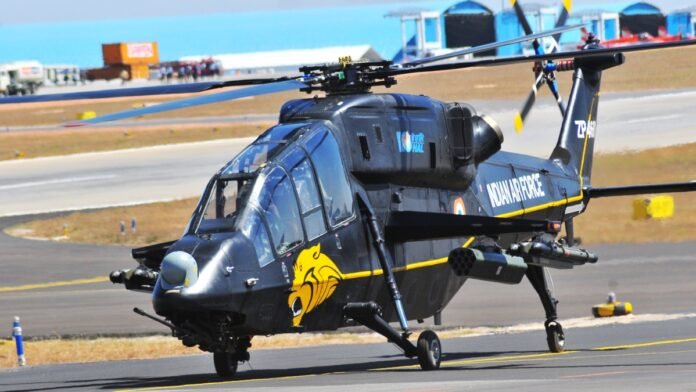
New Delhi: The first indigenous Combat Light Combat Helicopter made in India and equipped with missiles is going to join the Air Force. After the Air Force, it will also be given to the Army. 10 such helicopters have been made by Hindustan Aeronautics Limited for Light Combat Helicopter. It is specially designed for high-altitude areas. Two people can board it. Unguided bombs and grenade launchers can be installed in this. These helicopters are capable of air-to-surface and air-to-air strikes. It will be inducted into the Air Force on Monday in the presence of Defense Minister Rajnath Singh and Chief of the Air Staff, Air Chief Marshal VR Choudhary.
Along with increasing the strength of the Air Force, the country’s indigenous Light Combat Helicopter will be formally given to the Indian Air Force. It is fully capable of using multiple missiles and weapons. In March this year, the Cabinet Committee on Security, chaired by Prime Minister, approved the purchase of 15 indigenously developed LLCs for Rs 3,887 crore, out of which 10 helicopters are to be given to the Air Force and five to the Army.
Let us tell you that this Light Combat Helicopter has been made by Hindustan Aeronautics Limited. The Light Combat Helicopter is specially designed to be deployed in high-altitude areas. The twin-engined helicopter weighs 5.8 tonnes and can fly at a maximum speed of 268 km/h. It has a range of 550 kilometers, its length is 51.10 feet and its height is 15.5 feet.
The Light Combat Helicopter has already been tested using several weapons before this. It also has radar evasion features and armored protection system, advanced night attack and emergency landing technology. It can fly continuously for more than 3 hours. Can go up to a height of 6500 feet.
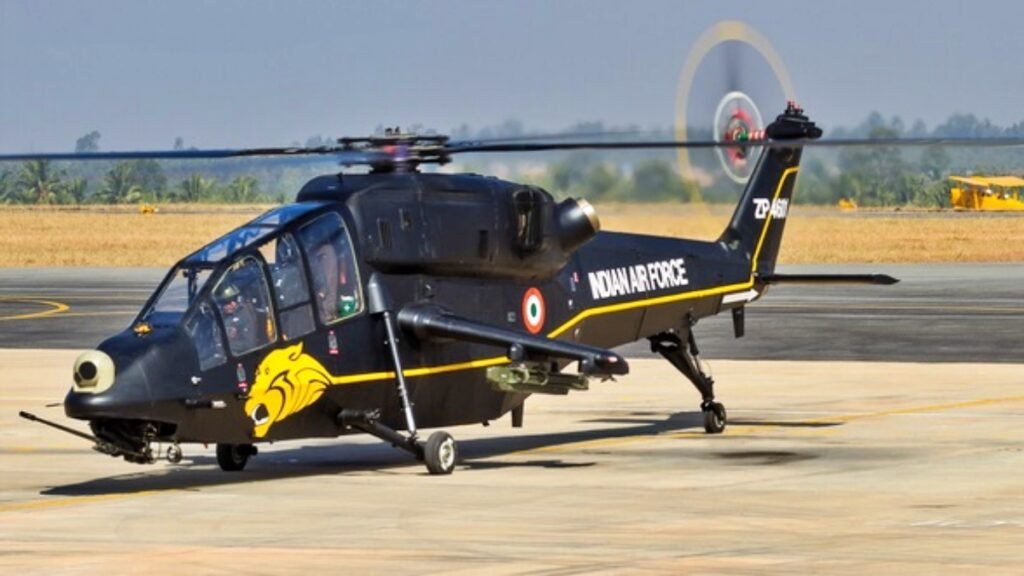
History of LCH
LCH is armed with FZ275 LGR rockets and Mistral missiles.
During mid-2012, the third LCH prototype, which was claimed to be significantly lighter than either of its predecessors as well as incorporating various other improvements, was reportedly set to be delivered. The third prototype, TD-3, ultimately performed its maiden flight on 12 November 2014 for a duration of 20 minutes. Both TD3 and TD4 were extensively used during the test program for the purpose of testing the rotorcraft’s mission sensors and weapon systems, which involved a series of live-firing trials. Reportedly, a total of ₹ 126 crores (US$20.2 million) had been sanctioned for the development and structural build of the fourth prototype.
In early 2015, a number of cold weather trials involving the third prototype (TD-3) were carried out at Air Force Station Leh. During these tests, engine start-up tests (performed using internal batteries after lengthy overnight exposure to the cold climate without special protective measures being applied) proved satisfactory at temperatures as low as −18 °C at an altitude of 4.1 km. Several flights were also carried out to assess the rotorcraft’s high-altitude performance and low-speed handling. During the course of these tests, the LCH gained the distinction of being the first attack helicopter to land in Siachen, having repeatedly landed at several high-altitude helipads, some of which being as high as 13,600 feet to 15,800 feet.



































